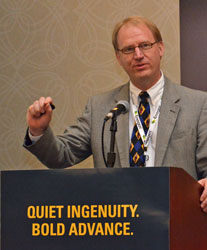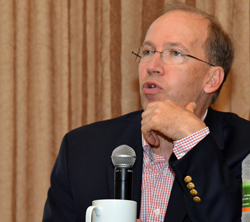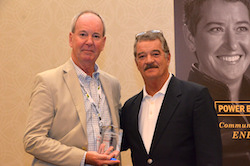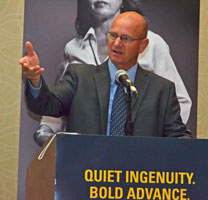 A new study from the Biotechnology Industry Organization (BIO) shows that use of biofuels over the past decade has saved nearly 590 million tons of carbon emissions.
A new study from the Biotechnology Industry Organization (BIO) shows that use of biofuels over the past decade has saved nearly 590 million tons of carbon emissions.
According to the study, the requirement under the Renewable Fuel Standard (RFS) over the past 10 years to substitute biofuels for fossil fuels has displaced nearly 1.9 billion barrels of foreign oil and reduced U.S. transportation-related carbon emissions by 589.33 million metric tons.
“The Renewable Fuel Standard was signed into law ten years ago this month by President George W. Bush. The law’s purpose was to end America’s addiction to oil, reduce reliance on foreign oil and lower carbon emissions from the transportation sector,” said Brent Erickson, executive vice president of BIO’s Industrial & Environmental Section. “The RFS program has demonstrably achieved those goals. The total reduction in carbon emissions achieved under the program is equal to removing more than 124 million cars from the road over the decade.”
The study also finds that EPA’s recent proposed rules for the RFS would cut short achievable future carbon emission reductions. In 2015 alone, the proposal would add 19.6 million tons of CO2e for the year, equal to putting 7.3 million cars back on the road, compared with achievable levels of biofuel use.
“It is unfortunate that the Environmental Protection Agency has delayed issuing new rules for the program and is now proposing to halt growth in the biofuel market,” said Erikson. “The agency’s delay will continue to allow fossil fuels to be used when cleaner, lower carbon biofuels are available, reversing some of the progress made in the past ten years.”
Read the study here.









